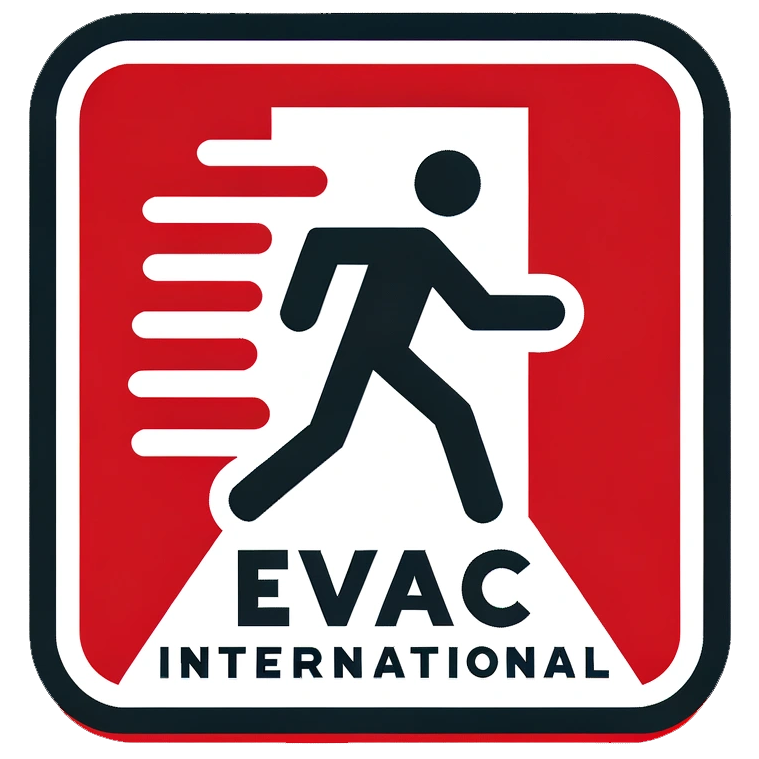As a fire safety and evacuation expert, I have dedicated my career to ensuring the safety of individuals in the event of an emergency. One of the most critical aspects of evacuation procedures is ensuring that individuals with mobility impairments are able to evacuate a building safely and efficiently. In my years of experience, I have come to firmly believe that all companies and public buildings must have evacuation chairs in place to protect the public in the event of an emergency.
The importance of evacuation chairs cannot be understated, especially in the face of growing concerns about the safety and accessibility of buildings for all individuals. While emergency exits and stairwells are standard features in any building, these components are not always feasible options for individuals with mobility impairments. In a crisis situation, such as a fire or structural failure, the ability to evacuate quickly and safely can mean the difference between life and death.
Evacuation chairs are specifically designed to assist individuals with mobility impairments in safely navigating stairwells and reaching ground level in the event of an emergency. These specialized chairs are equipped with tracks and wheels that allow trained individuals to maneuver a person in a seated position down a flight of stairs with ease. They are lightweight, portable, and specifically designed to fit into standard staircases, making them an essential tool for ensuring the safety of all individuals in a building.
Moreover, the presence of evacuation chairs in a building not only ensures the safety of individuals with mobility impairments but also demonstrates a commitment to inclusivity and accessibility for all. By having these tools readily available, companies and public buildings send a powerful message that they value the safety and well-being of every person who enters their premises. This proactive approach to safety can have a significant impact on the public’s perception of a company or establishment and can potentially save lives in the event of an emergency.
In addition to the moral and ethical imperative for the use of evacuation chairs, there is also a legal obligation to consider. In many jurisdictions, there are strict regulations regarding accessibility and evacuation procedures for individuals with disabilities. Failure to comply with these regulations can result in legal repercussions and financial penalties for non-compliance. By ensuring the presence of evacuation chairs, companies and public buildings are not only meeting their moral obligations but also adhering to legal requirements, thereby reducing their liability and protecting their reputation.
There are numerous real-world examples that highlight the critical importance of evacuation chairs in emergency situations. One such example is the tragic events of the Grenfell Tower fire in London in 2017. The high-rise residential building, which was not equipped with evacuation chairs, presented significant challenges for individuals with mobility impairments during the evacuation process. The absence of these essential tools ultimately hindered the ability of emergency responders to safely evacuate all residents, resulting in devastating consequences.
This example serves as a sobering reminder of the dire consequences that can arise from a lack of adequate evacuation provisions. It also underscores the importance of proactive measures to ensure the safety of individuals with disabilities in emergency situations. Had evacuation chairs been readily available in the Grenfell Tower, the outcome of the evacuation may have been vastly different, potentially preventing unnecessary loss of life and injury.
It is essential for companies and public buildings to understand that the investment in evacuation chairs is not only a matter of compliance or legal obligation but also a fundamental aspect of their responsibility to protect the public. By making this investment, they are not only safeguarding the lives of individuals with mobility impairments but also demonstrating a commitment to inclusivity and accessibility. This, in turn, can enhance their reputation and foster a sense of trust and confidence among the public.
Furthermore, the use of evacuation chairs can also have a positive impact on the overall emergency preparedness of a building. By incorporating these tools into emergency training and evacuation drills, companies and public buildings can ensure that their staff are equipped with the knowledge and skills to safely and effectively assist individuals with mobility impairments in the event of an emergency. This proactive approach can help to streamline the evacuation process and minimize the potential for panic or confusion during a crisis situation.
In conclusion, as a fire safety and evacuation expert, I firmly believe that the presence of evacuation chairs in all companies and public buildings is an essential component of effective emergency preparedness and safety measures. The importance of ensuring the safety and accessibility of all individuals, particularly those with mobility impairments, cannot be overstated. By investing in evacuation chairs, companies and public buildings not only fulfill their legal obligations and reduce their liability but also demonstrate a commitment to inclusivity, accessibility, and the preservation of human life. I urge all decision-makers to recognize the critical significance of evacuation chairs and take proactive steps to ensure their presence in their buildings. It is my sincere hope that my expertise and advocacy for these essential tools will contribute to a safer and more inclusive future for all individuals.

